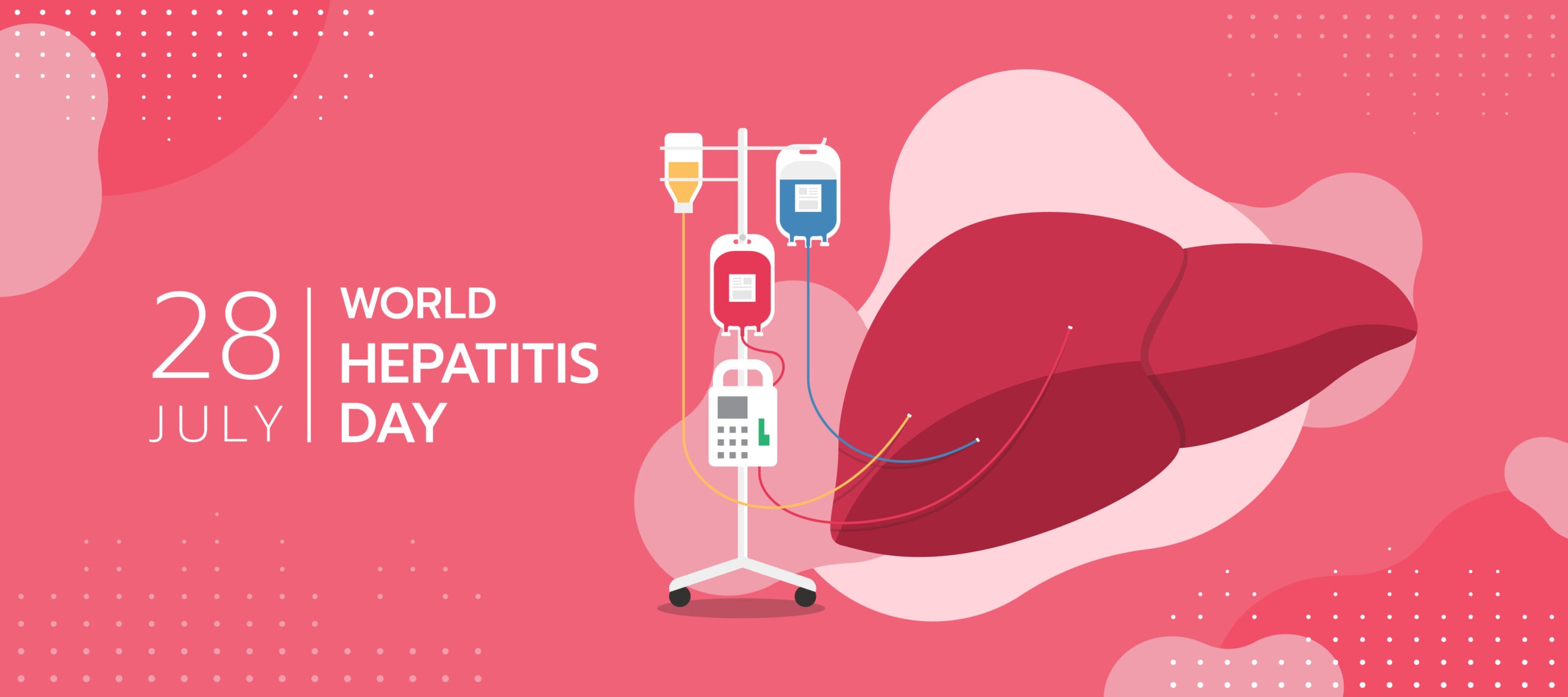
World Hepatitis Day 2021: Hepatitis Can’t Wait
World Hepatitis Day is celebrated on July 28th each year to raise awareness for the global problem of viral hepatitis.What is hepatitis?
Most often caused by a viral infection, hepatitis is an inflammation of the liver. There are five main hepatitis viruses, referred to as types A, B, C, D, and E.Hepatitis A
- Transmission: Mainly spread through eating contaminated food or drinking contaminated water. Often widespread in countries with a lack of safe water and poor sanitation.
- Prevention: Treatment within a few weeks of exposure can also bring short term immunity. Risk of exposure can be greatly reduced by practicing good hygiene and sanitation and avoiding drinking water that comes from a potentially unsafe source.
- Treatment: There is no treatment for Hepatitis A. Only causes acute hepatitis so the body is often able to clear the infection itself within a few weeks.
Hepatitis B
- Transmission: Transmitted through contact with the blood or other bodily fluids of an infected person. Examples include transmission from a mother to child during childbirth or sharing razors or toothbrushes with infected people.
- Prevention: Vaccination is very effective in preventing infection.
- Treatment: Currently no real cure. Medications available that slow the replication of the virus and occasionally result in its clearance.
Hepatitis C
- Transmission: Spread through blood-to-blood contact. Most common modes of infection include unsafe injection practices, inadequate sterilization of medical equipment, and unscreened blood and blood products.
- Prevention: Currently no vaccination. To reduce risk of exposure, avoid sharing needles and other items such as toothbrushes or razors with an infected person.
- Treatment: Treatment can cure this type. Involves a combination of interferon and ribavirin.
Hepatitis D
- Treatment: Passed through contact with infected blood.
- Prevention: Only occurs in people who are already infected with the hepatitis B virus. Therefore, can be prevented by getting the hepatitis B vaccine.
- Treatment: Consists of interferon but is not very effective.
Hepatitis E
- Transmission: Like hepatitis A, mainly transmitted through eating contaminated food or drinking contaminated water.
- Prevention: Vaccine exists but is not widely available. To reduce the risk of exposure, practice good hygiene and sanitation and avoid drinking water that comes from a potentially unsafe source.
- Treatment: No treatment, but people usually recover on their own. However, it can be fatal in some cases.
Hospice for Hepatitis Patients
Hepatitis C is one of the most common causes of cirrhosis of the liver. When the liver becomes damaged by a virus, it will begin to scar. Once the damage becomes serious enough that the liver can no longer heal itself, it is called cirrhosis. Cirrhosis is a degenerative disease that can ultimately lead to liver failure when the liver is losing or has lost all function. Although there are treatment options to help manage the condition, there is currently no known cure. So how do you know it could be time to consider hospice care for an end-stage liver disease patient? Keeping in mind that only a doctor can make a clinical determination, the signs below may indicate the patient may benefit from hospice services:- Symptoms become difficult to manage
- Sudden or progressive loss of functional independence
- Weight loss or reduced appetite
- Restlessness
- Altered mood or behavior
- Majority of time is spent in bed
- Confusion
- Abdominal distention
- Bowel dysfunction
- Difficulty breathing
- Itchy skin


